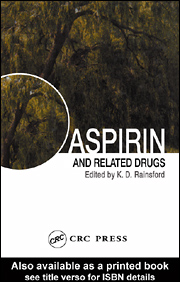Applied Anatomy for Anaesthesia and Intensive Care is an invaluable tool
for trainee and practiced anaesthetists and intensive care physicians
seeking to learn, revise and develop their anatomical knowledge and
procedural skills. Concise textual descriptions of anatomy are
integrated with descriptions of procedures that are frequently performed
in anaesthesia and intensive care, e.g. nerve blocks, focussed echo,
lung ultrasound, vascular access procedures, front of neck airway access
and chest drainage. The text is supported by over 200 high-quality,
colour, anatomical illustrations, which are correlated with ultrasound,
fibreoptic and radiological images, allowing the reader to easily
interpret nerve block sonoanatomy, airway fibreoptic images and
important features on CT and MRI scans. Useful mnemonics and easily
reproducible sketch diagrams make this an essential resource for anyone
studying towards postgraduate examinations in anaesthesia and intensive
care medicine
http://adf.ly/1fozsW
http://adf.ly/1fozsW













